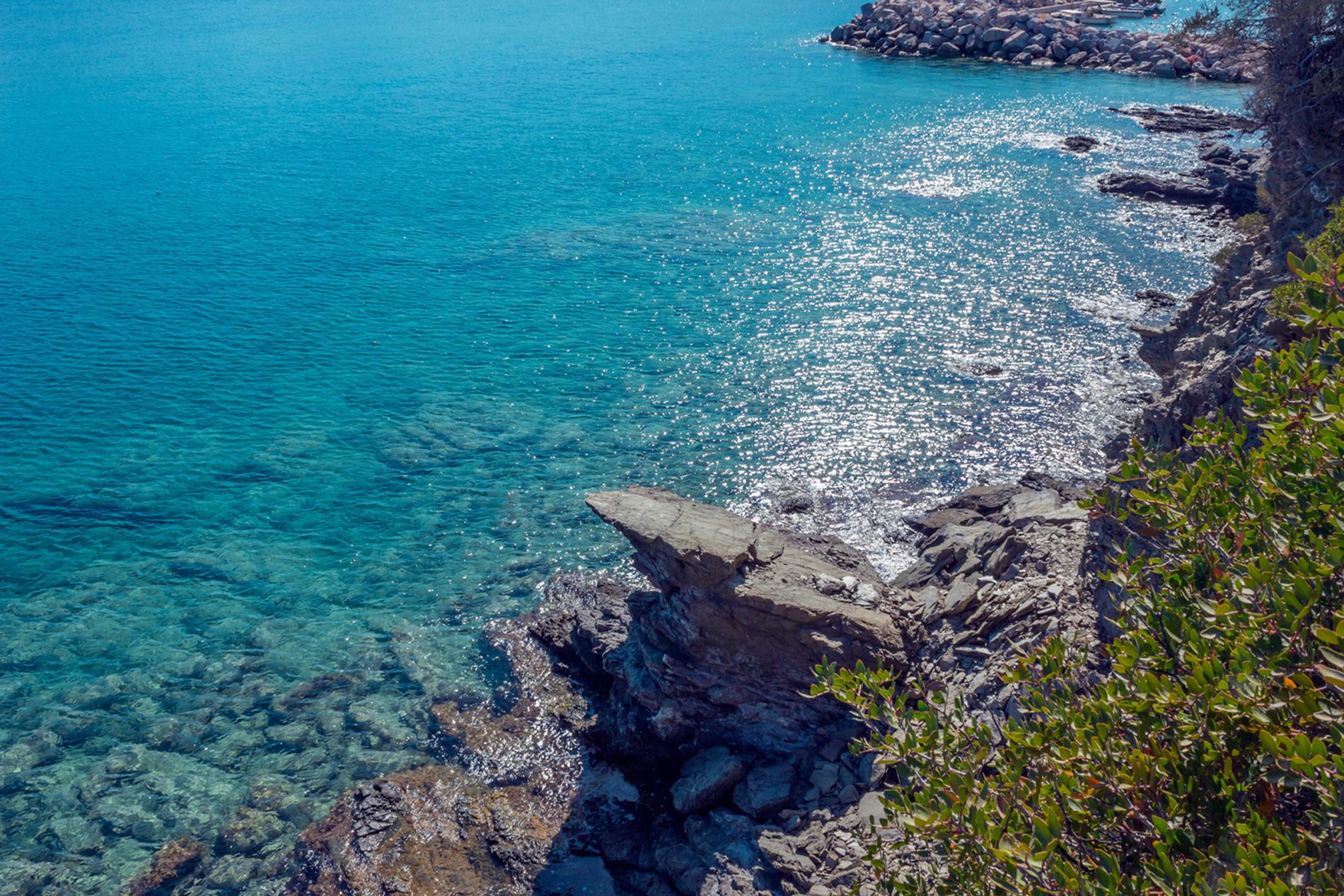Ancient Salamina
Ancient Salamina
Life on the island of Salamina, was shifted to the northern part, in the area of the cape of today’s Punta Ampelakion, at the end of the 7th – beginning of the 6th century BC. Ancient Kolouris had a precinct, walls and ancient buildings that are related to the ruins of the Agora described by the ancient authors Pausanias and Strabo, and often come to light during excavations carried out by the Ephorate of Antiquities, under which Salamis falls. This ancient city had all the prerequisites to become part of the famous Athens of the Golden Age of Pericles: its sheltered harbor, the fertile valley nearby and its easy connection to the port of Piraeus led to the creation of a trading station for the exchange of goods and a maritime parking and construction area for the triremes of the Athenian fleet. All this led to great prosperity for Salamis, as evidenced by the right it acquired to mint its own coins in the 4th century BC. At the end of the 1st century BC – 1st century AD, the Romans attacked the coastal areas and life in the city became precarious. The inhabitants left the city and settled north of the rocky hill of Prophet Elias, in an area invisible from the sea. It is believed that this ancient city was settled after the annexation of the island to the state of Athens, or that since then a settlement that probably existed there developed into a city, in the city that is remembered in the 4th century BC as Kolouris and is identified with the city of Salamina of historical times.
Late Helladic remains have been found at the “Kaminia” site, in the arm of the Ampelaki bay opposite Pounta, at the base of the Kynosoura cape, which are related to a settlement that was stranded at Selenia. After the conquest of the island and the establishment of the Athenian Municipality and Administration, the bay of Ampelaki, with its small valley and its connection to the port of Piraeus, allowed the settlement of the emerging urban centre of the whole island and the creation of the famous city of the Golden Age of Pericles (5th century BC), and this bay became a port of communication, a commercial station and an exchange of goods. The results of the excavations carried out by Antonios Keramopoulos in 1918 confirm the city’s prosperity. A part of the city wall with five gates, votive pedestals, fragments of votive vessels, etc. were discovered.
Inscriptions show that the walls of Salamis were repaired between the years 307 and 304 BC. Also, around 130 BC, one of the walls of the Gallery was built, the sanctuaries were repaired and various places in the city were decorated. The remains of a Macedonian vaulted tomb can be seen east of the “Ampelaki of Panagia” on the right of the road. There they observed a grave full of charred human bones. This accumulation of charred human bones testifies to the burial of remains after a war or an epidemic and certainly reveals a painful adventure for the inhabitants of Salamis during the Hellenistic period. In the early Christian period, Pausanias came to visit the ancient city of Salamis to satisfy his curiosity and to record for us all these ruins that represented the city’s heyday in historical times. Pausanias found the city in ruins.
The inhabitants of the ancient city of Salamis were forced to move inland. Many of them settled in what is now the city of Salamina, on the side away from the sea for the safety of the Prophet Elias, taking with them the toponym Kolouris, which has now become Koulouri. They also inhabited the fertile valleys of Moulki and Kaki Vigla. The problematic ruin of Fragoklissia (Agias Triados 65 in Ampelaki) is a relic, probably from the Roman period, with a stone column in the courtyard of a modern residence and two Ionic capitals in its place, whose fate is unknown.
From all that has been mentioned, it is clear that the ancient city of Salamis was one of the most important economic and commercial centers of antiquity and played a role in the wider region. Excavations carried out regularly by the Second Ephorate of Antiquities bring to light important antiquities. One of the most recent finds is a mosaic of Druids, as well as the remains of very well-preserved houses with courtyards, wells and baths. The tombs are mostly pit and box shaped and rarely tiled. The findings are therefore inexhaustible and give the right position to the promotion of ancient Salamis.
During the early Byzantine period, life had already been transferred to the area of Zoodochos Pigi, to the two small valleys that form to the north and south of the Mavrovouni massif in Moulki, and finally to Vasilika, i.e. in the north-west of the island. In addition, during the Hellenistic, Roman and Late Antique periods, a remarkable settlement activity developed in these areas.







